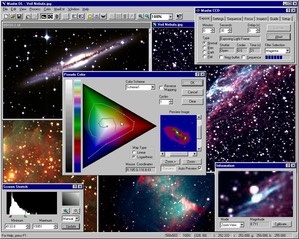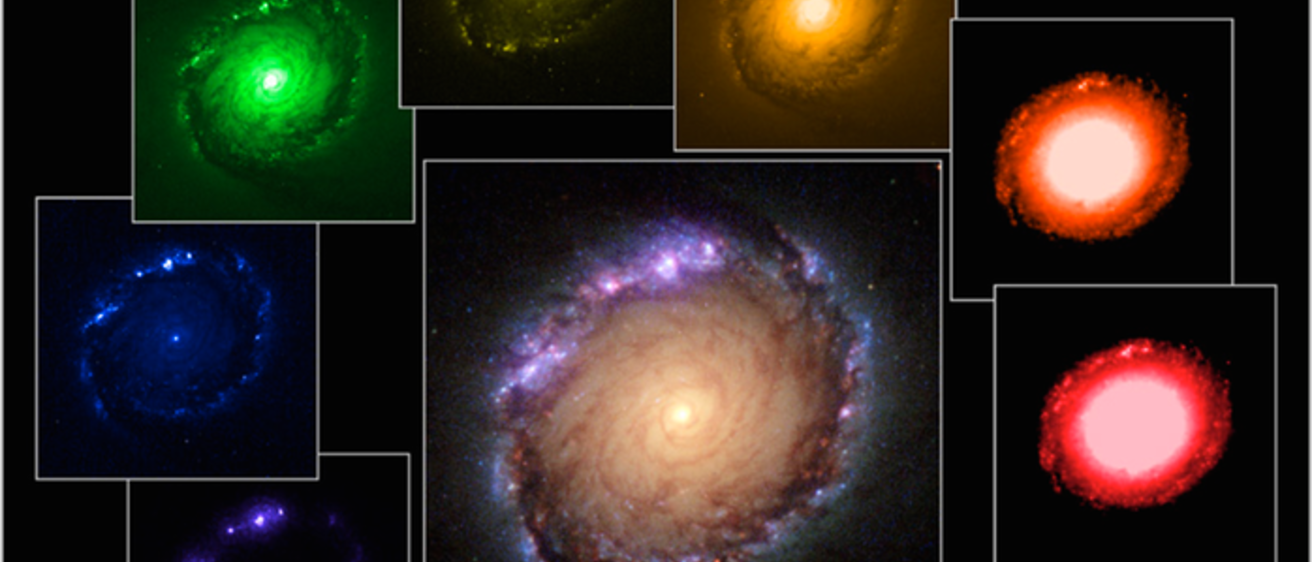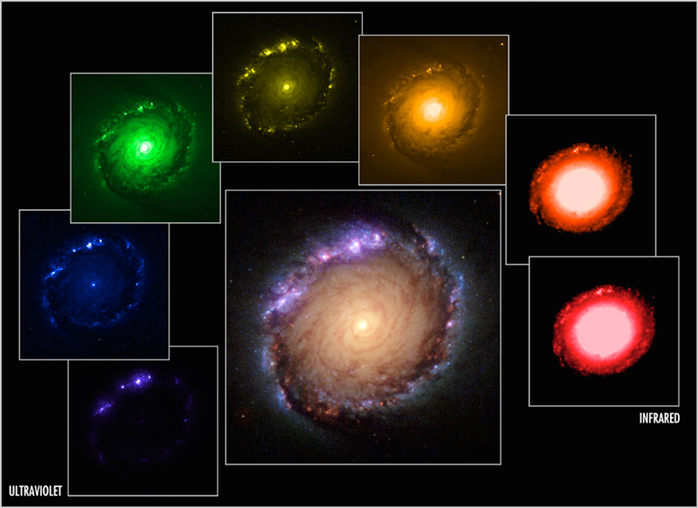
Learning Goals: The goal of this lab is for students to learn how to conduct basic image analysis using the program MaxIm DL, a powerful astronomical image analysis software package (depicted at right). The skills of image alignment, animation, and stacking will be learned using either archival images or the students' own observations requested and obtained using either the Iowa Robotic Observatory's 0.5-m Gemini telescope or the 0.4-m Van Allen Observatory telescope.

